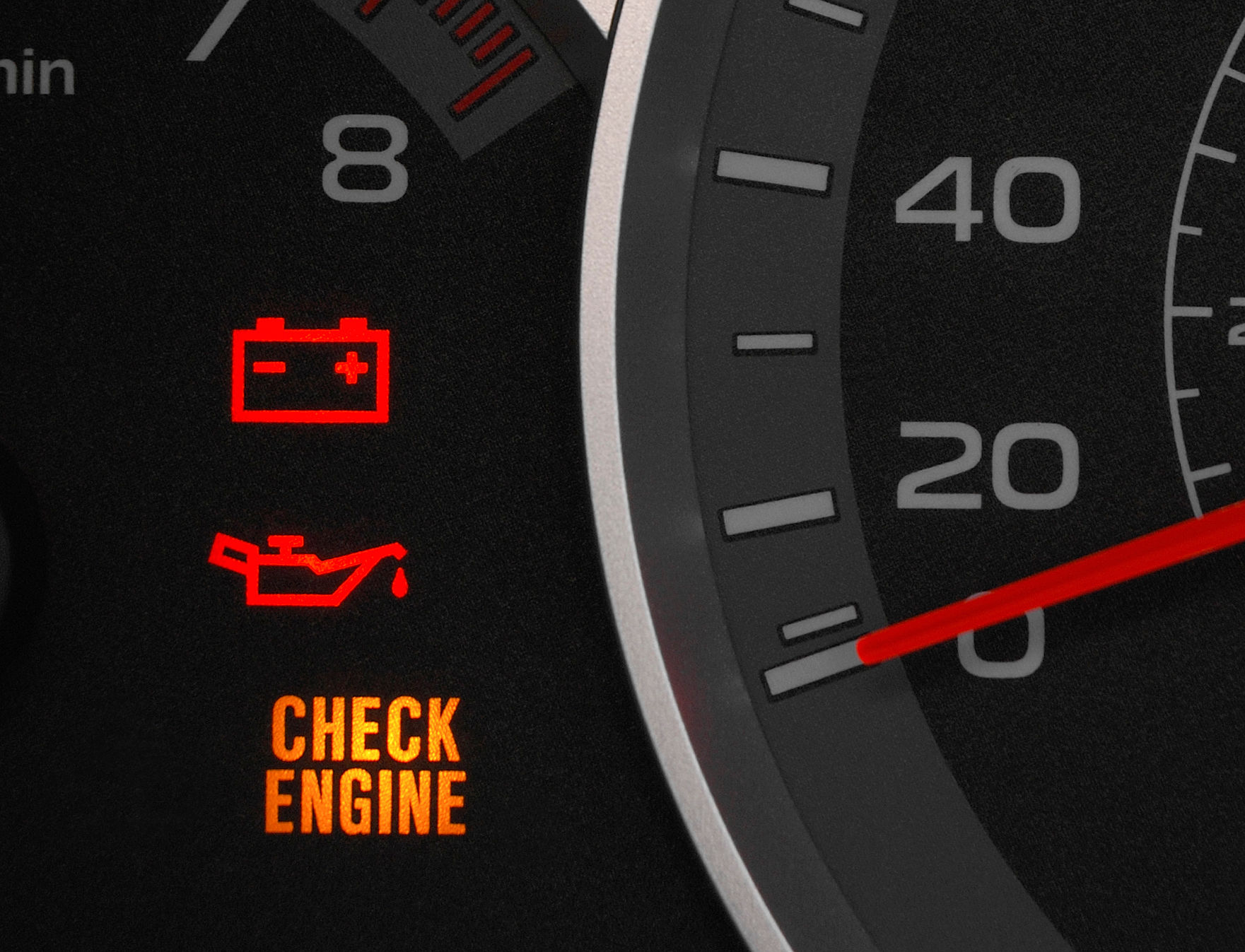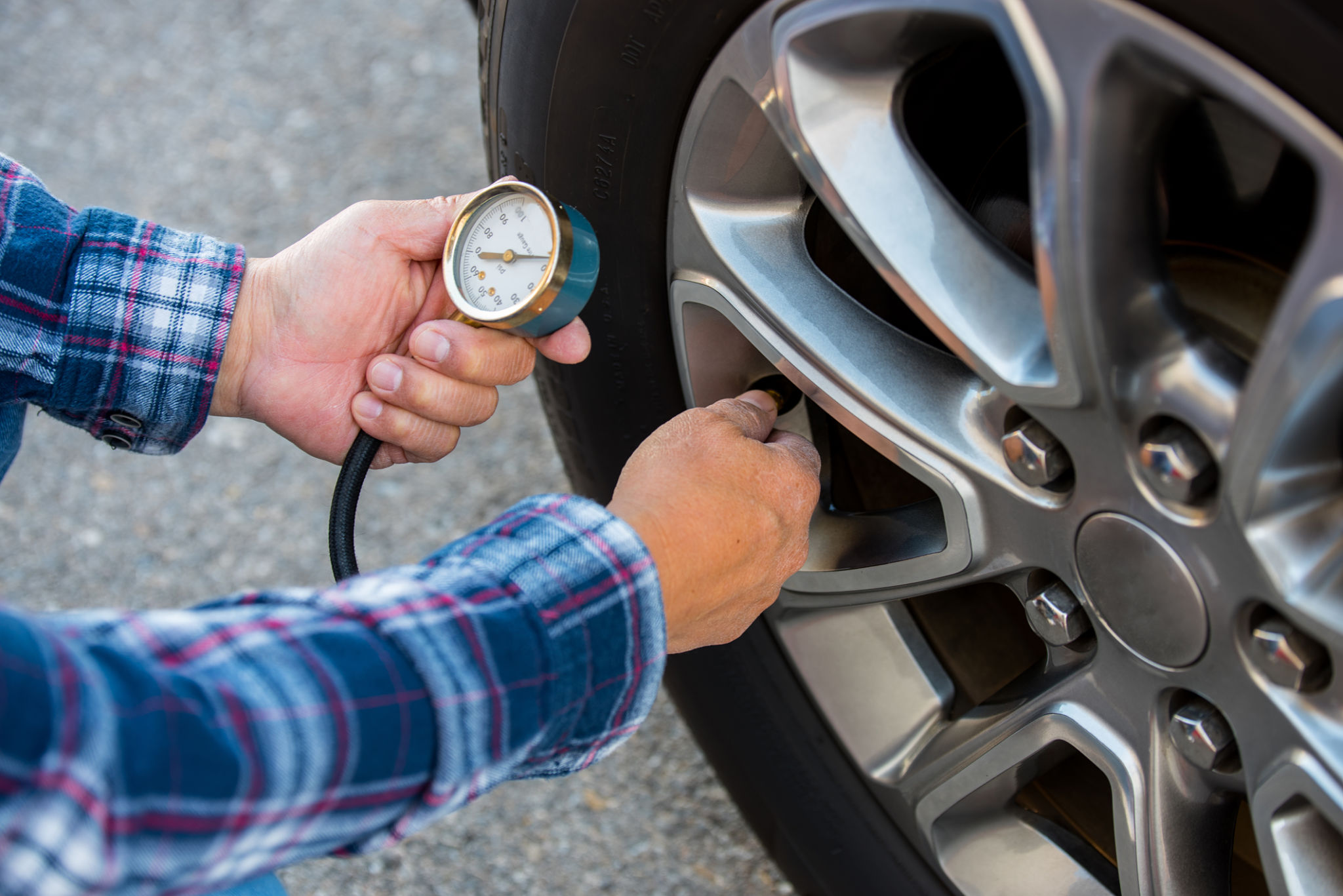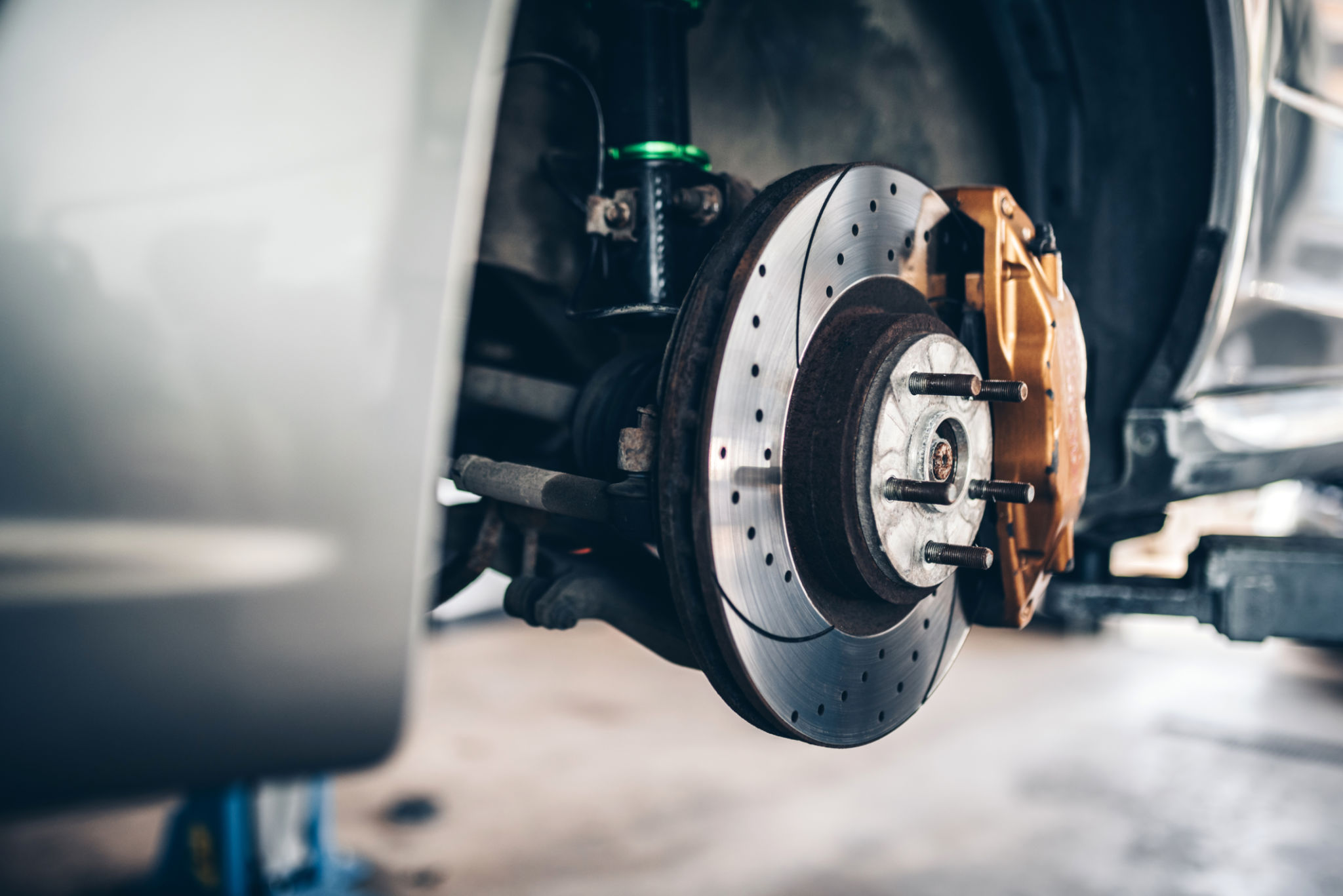DIY Tips for Basic Dashboard Light Checks Before Visiting a Professional
Understanding Your Dashboard Lights
Your vehicle's dashboard is like a control center, providing key information about the car's health and status. Familiarizing yourself with these lights can save you time, money, and potential hazards on the road. While some lights require professional attention, there are basic checks you can perform yourself.
Dashboard lights are generally color-coded: red indicates a serious issue that needs immediate attention, yellow or orange signifies something that should be checked soon, and green or blue often indicates a system is active or functioning properly.

Essential Tools for DIY Dashboard Checks
Before diving into the diagnostics, ensure you have the right tools on hand. A basic toolkit should include:
- Owner's Manual: Your first point of reference for understanding what each light indicates.
- OBD-II Scanner: A handy device that connects to your car's computer system and reads error codes.
- Smartphone or Notebook: To take notes or look up additional information online.
Having these tools can streamline the process and help you efficiently identify minor issues before they escalate.
Checking the Engine Light
The engine light is one of the most common dashboard warnings. It can indicate a variety of issues, from a loose gas cap to more severe engine problems. Begin by ensuring the gas cap is tightly secured. If the light remains on, use an OBD-II scanner to read any error codes and look them up in your owner's manual or online.

If the problem seems complex or the light doesn't turn off after basic checks, it's wise to consult a professional mechanic.
Tire Pressure Monitoring System (TPMS) Warning
The TPMS light alerts you when your tire pressure is too low, which can affect your car's handling and fuel efficiency. Start by inspecting each tire with a pressure gauge to see if they meet the recommended PSI levels found in your owner's manual or the driver's side door jamb.
If one or more tires are underinflated, fill them accordingly. If the light remains on after correcting the pressure, there might be a leak or sensor issue that requires professional attention.

Battery Warning Light
This light indicates a potential issue with your car's charging system. First, check the battery terminals for corrosion or looseness. Clean any buildup with a brush and ensure all connections are secure. If the light remains on, it could be a sign of a failing alternator or battery, both of which might need professional diagnosis.
Regular battery checks and clean terminals are key to avoiding unexpected breakdowns.
ABS Warning Light
The Anti-lock Braking System (ABS) light suggests a problem with your car's braking system. While it's crucial to address brake issues promptly, you can perform some initial checks yourself. Begin by inspecting brake fluid levels and looking for leaks around the wheels and undercarriage.
Should the ABS light persist, it's best to have a professional inspect your braking system to ensure safety on the road.

Conclusion: Knowing When to Seek Professional Help
While these DIY checks can help with basic dashboard light diagnostics, some issues require expert evaluation. Regular maintenance and attention to warning signs can prevent larger problems down the line. Always prioritize safety and consult a professional when in doubt.
Empowering yourself with knowledge about your vehicle's dashboard not only saves time and money but also enhances your overall driving experience.
